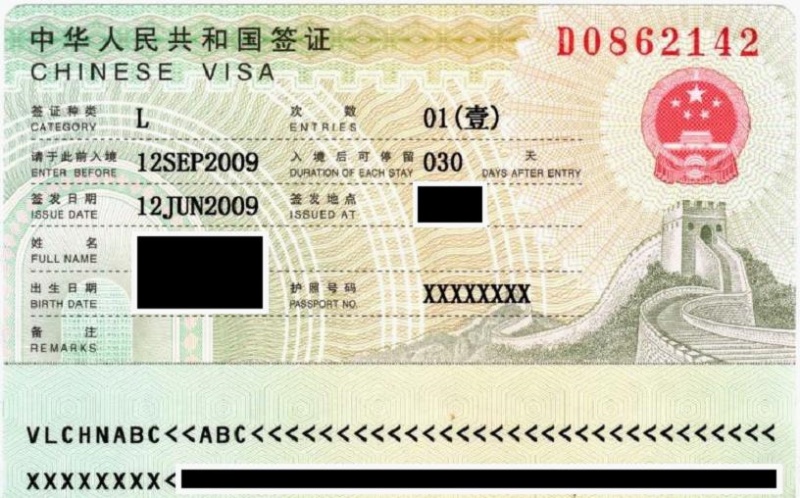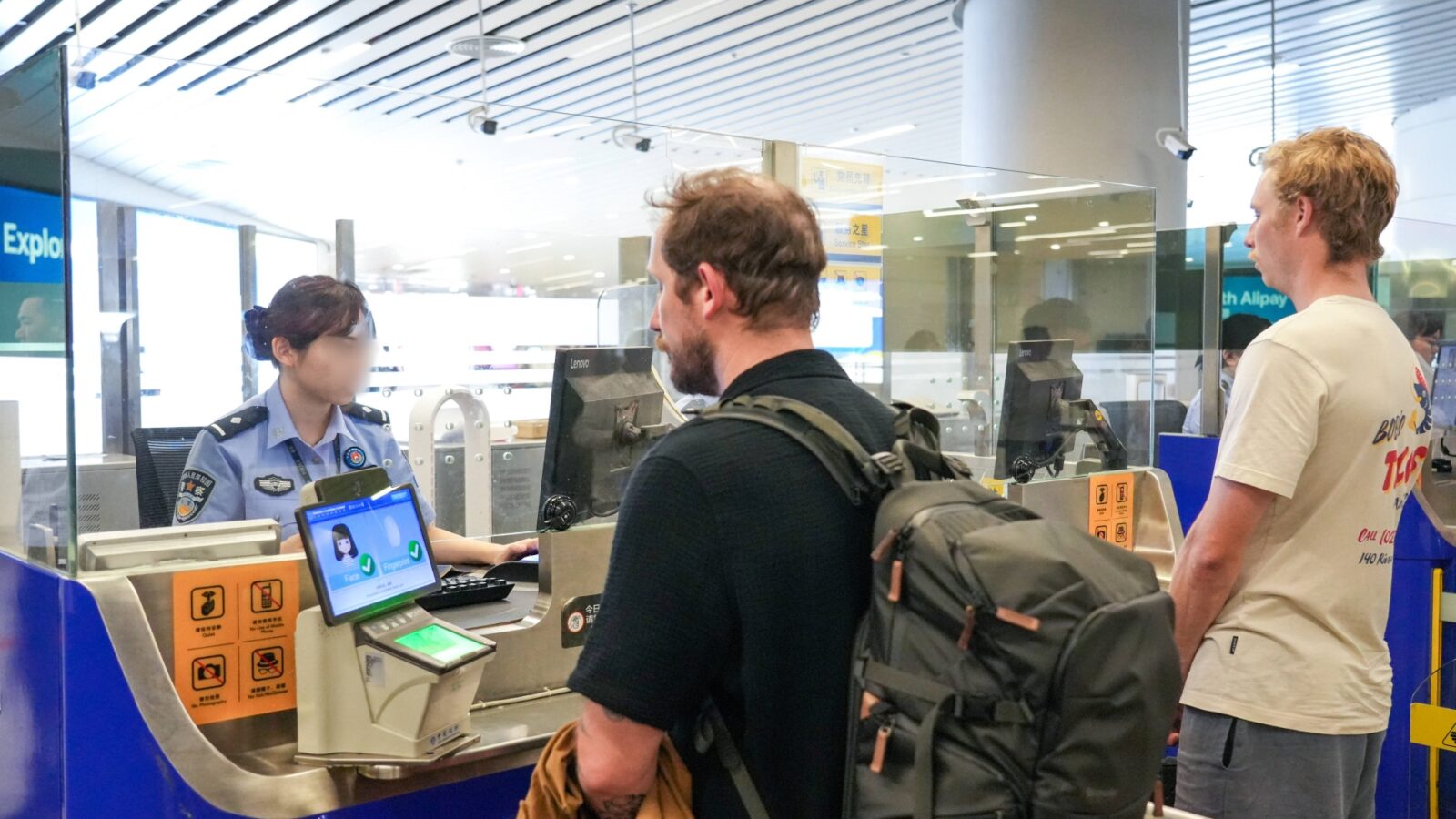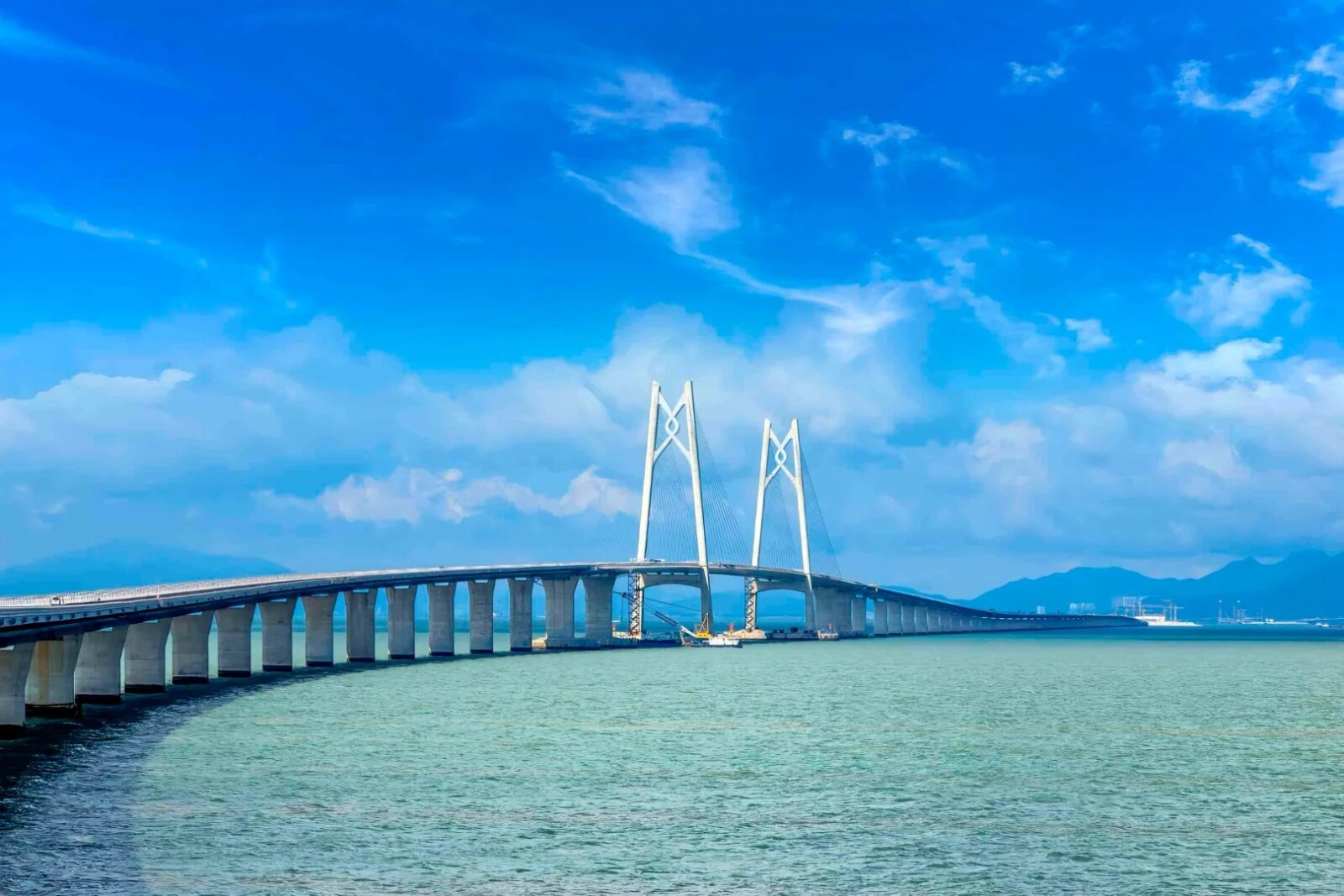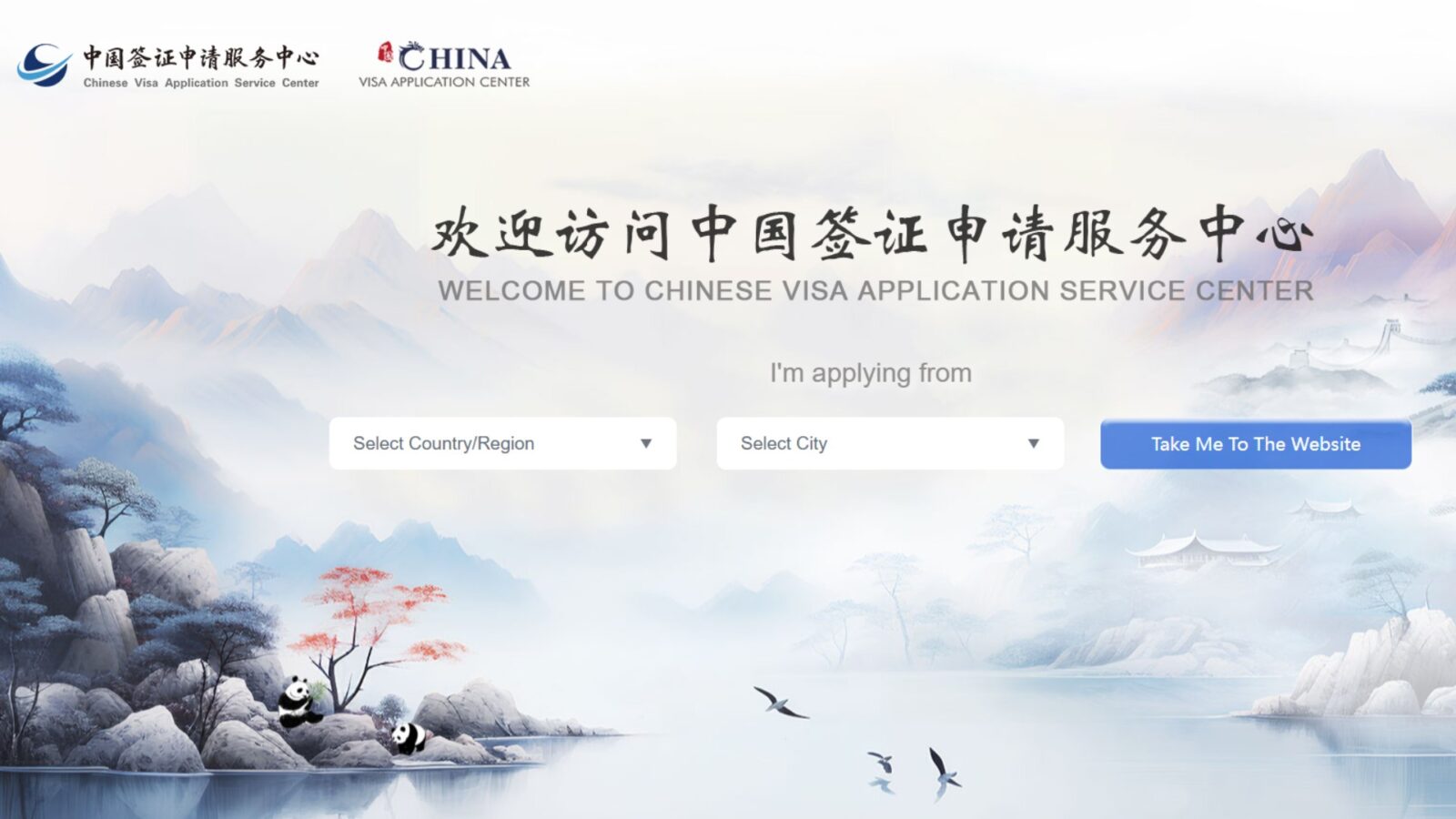What’s Changed in 2025 for Indian Travelers Going to China
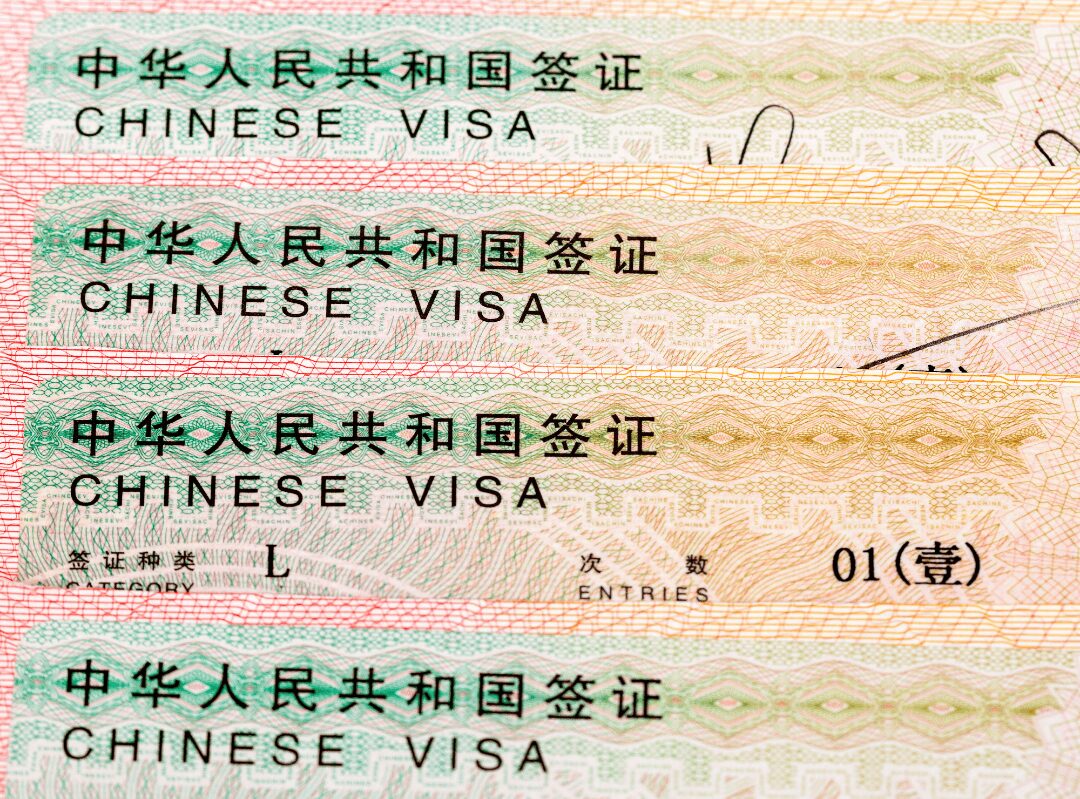
People's Republic of China Visa
Shorter Wait Times and Stricter Checks
If you're applying for a China tourist visa in 2025, there’s good news—and a few things you need to watch for. First, processing time has been cut to just 5 working days for most applications from India, thanks to new capacity at Chinese Visa Application Service Centers (CVASC) in Delhi, Mumbai, and Kolkata. That’s a big change from the usual 10 to 15 days before 2024.
But don’t get too relaxed. While it’s faster, the system is also stricter. Since April 2025, CVASCs now pre-screen travel agency group applications more closely. If you're applying through an agent, know that batch submissions can be randomly flagged. The goal is to reduce fraudulent documents—but for solo travelers, it also means your documents need to be perfectly in order.
According to CVASC Delhi, incomplete applications now face instant rejection without the option to revise. No more second chances at the counter.
COVID Rules Are Gone, But Some Restrictions Remain
No COVID tests, but don't pack too light. Since early 2024, China scrapped its vaccine proof and PCR test requirements. By mid-2025, most travelers—including Indians—don’t need to fill out any health forms when entering for tourism. It feels refreshingly normal again. But that doesn’t mean it’s all smooth sailing.
At some airports—Shenzhen and Chengdu especially—you might be asked to go through a facial recognition lane instead of showing your passport the usual way. It’s fast, yes, but only if your uploaded photo is sharp and matches exactly what they ask for. One Indian traveler I met at PVG got held up for 40 minutes just because his ears were half-visible in the photo.
Also, while insurance isn’t mandatory, getting travel coverage that includes emergency hospital care is just smart. No one plans to get sick abroad, but if you do, having that document ready can make all the difference—especially in a place where English isn’t always guaranteed.
| Update Type | 2024 Status | 2025 Change |
|---|---|---|
| Processing Time | 10–15 days | Now 5 working days |
| COVID Declarations | Required | Not needed |
| Group Submissions | Lightly checked | Random pre-screening |
| Photo Rules | Loose | Strict image quality checks |
Why This Year Feels Different for Indian Travelers
Here’s the biggest shift: more Indian tourists are applying than ever before. In the first half of 2025, China received over 145,000 visa applications from India, according to the Ministry of Foreign Affairs of the PRC. That’s nearly 40% more than the same period in 2023. It’s not just individual tourists—family trips and study exchanges are booming too.
So yes, the system is faster. But it’s also handling more volume, which means you need to prepare well, submit early, and double-check everything before heading to the visa center. This year isn’t just about getting through the system—it’s about getting it right the first time.
Planning a stopover trip and need updated rules? Discover China Transit Visa: From 144 Hours to 240 Hours (2025 Update): Policy, Ports, and Itineraries
Which China Tourist Visa Should You Apply For?
L Visa (Tourist) – Simple Choice, But Don’t Overlook the Details
So if you’re just going to China for a vacation—or maybe visiting your cousin who works in Shenzhen—the L visa is what you’re looking at. It’s supposed to be the easiest type. No need for a business invite, no student admission letters, nothing fancy like that. Just tourism. But “easy” doesn’t mean you can wing it. People think it’s like applying for a Schengen visa—but it’s not quite the same.
I remember someone in front of me at the CVASC in Delhi, flipping through screenshots of their hotel on Agoda, trying to convince the officer that “the booking is real.” It was a bit awkward. The guy didn’t print anything. And they told him, flat out: come back with hard copies. Doesn’t matter if your phone shows it—they want to hold the paper in their hand. That moment really stuck with me.
You’d think for a four- or five-day itinerary they wouldn’t be so strict. Like, “I’m just going to Xi’an to see the Terracotta Warriors, what’s the big deal?” But yeah, they still ask for detailed plans—which hotels, which flights, even rough timings. And bank statements too. Not to check if you’re rich, just to see you won’t end up stuck. It's not harsh, just bureaucratic. Still, something about the tone of the whole thing feels… slightly rigid? Maybe it’s just their process, or maybe they’ve had people disappear before. Who knows. Either way, don’t test the waters with half-baked documents—it’s not worth the trip back.
- L Visa
| Visa Type | Who It's For | Documents Needed |
|---|---|---|
| L (Tourist) | Leisure, family visits | Itinerary, hotel, round-trip ticket, bank proof |
| M (Business) | Conferences, trade fairs | Letter of invitation from Chinese firm |
| X (Student) | Full-time education | Admission notice, financial support docs |
| G (Transit) | Short layovers (under 144h) | Proof of onward flight within time limit |
What If You’re Not Just a Tourist?
If you're headed to China for business reasons, maybe to attend a trade expo in Guangzhou or visit a factory in Yiwu, then you’ll need an M visa. This one takes longer to process and requires more paperwork—most importantly, an official invitation letter from a Chinese company registered with the government.
And if you’re planning to study Chinese or attend a summer language program in Beijing or Kunming, you’ll be applying for an X visa instead. The X1 and X2 visa types cover different durations—over 180 days or under, respectively—and both require an admission letter and JW201/JW202 form.
Got a long layover in China, like between a flight from Delhi to Tokyo via Shanghai? That’s where the G (Transit) visa comes in. It’s not always required—China offers visa-free transit in some cities for under 144 hours. But you need proof of onward travel and can’t leave the designated region.
Don’t Assume—Ask First, Apply Later
Here’s the trap: many travelers assume the L visa works for everything short-term. It doesn’t. I met a guy at CVASC Mumbai who was heading to Shenzhen for a tech expo—he applied for an L visa and got rejected. Why? Because his flight and hotel booking clearly pointed to a business event. Even his conference badge photo was flagged.
If your purpose doesn’t match the visa, you’ll get denied. No matter how good your documents are.
So if you’re even slightly unsure which category you fall into, call the visa center or check with your travel agent. It’s easier to get the right visa than to fix a bad one later—and sometimes, it’s the difference between a smooth trip and getting stuck before takeoff.
What Documents You’ll Need — And How to Avoid a Mistake
Here’s a quick reference table to make things easier:
| Document Type | Mandatory | Optional but Helpful | Notes |
|---|---|---|---|
| Original Passport | ✅ | Must have 6+ months validity and 2 blank pages | |
| Visa Application Form | ✅ | Filled online, printed, and signed by hand | |
| Passport Photo (48x33mm) | ✅ | White background, no shadows, ears visible | |
| Flight Bookings | ✅ | Round-trip, not necessarily paid, but confirmed | |
| Hotel Reservations | ✅ | Must match cities listed in your itinerary | |
| Day-by-Day Itinerary | ✅ | Be specific—dates, cities, planned activities | |
| Bank Statements | ✅ | Last 3–6 months, stamped, ₹1.5–2 lakh balance recommended | |
| Income Tax Return (ITR) | ✅ | Useful for freelancers or first-time applicants | |
| Employment Letter / NOC | ✅ | For working professionals, should state job role and leave approval | |
| Business Registration Cert. | ✅ | If self-employed or freelancer | |
| Invitation Letter | ✅* | *Only if staying with someone instead of hotel | |
| Marriage Certificate | ✅ | Shows family ties if traveling alone | |
| Property / Asset Proof | ✅ | Optional but increases perceived ties to India | |
| Previous Visa Stamps | ✅ | Shows prior international travel history | |
| Cover Letter | ✅ | One paragraph explaining purpose, dates, and funding |
Step-by-Step: How You Can Apply for a China Tourist Visa
The China tourist visa process might look like a maze at first—but honestly, once you break it into steps, it’s not that painful. You don’t really need a travel agent unless you’re pressed for time or allergic to bureaucracy. The starting point? Always the Chinese Visa Application Service Center (CVASC). If you’re the tech-comfortable type, there's also Teleport, which we’ll get to later. For now, let’s talk through it—slowly, no jargon.
Step 1: Fill Out the Online Form
So, first thing: head to visaforchina.cn and select your local center—Delhi, Mumbai, Kolkata, whichever fits. There’s no “download and scribble” anymore. You fill out the entire application online, and it's longer than you’d expect. Passport info, where you’ve traveled in the past year, your job title (I always hesitate here—“freelancer” feels too vague?), and a rough itinerary for your China trip. The form doesn’t save automatically, so maybe don’t start it five minutes before dinner. And yes, you must print the confirmation page and sign it by hand—no PDF signatures, no screenshots.
Teleport makes this a little easier if you go that route—they’ll fill the form after collecting your details. But don’t assume they’ll get everything right. I remember handing mine over at CVASC Delhi and they raised an eyebrow at my hotel dates—turns out I’d booked four nights but only listed three. That tiny mismatch almost got me bounced. So, if you’re printing your bookings, bring an extra copy. Honestly, even two. It sounds silly until you’re at the counter and your phone won’t load.
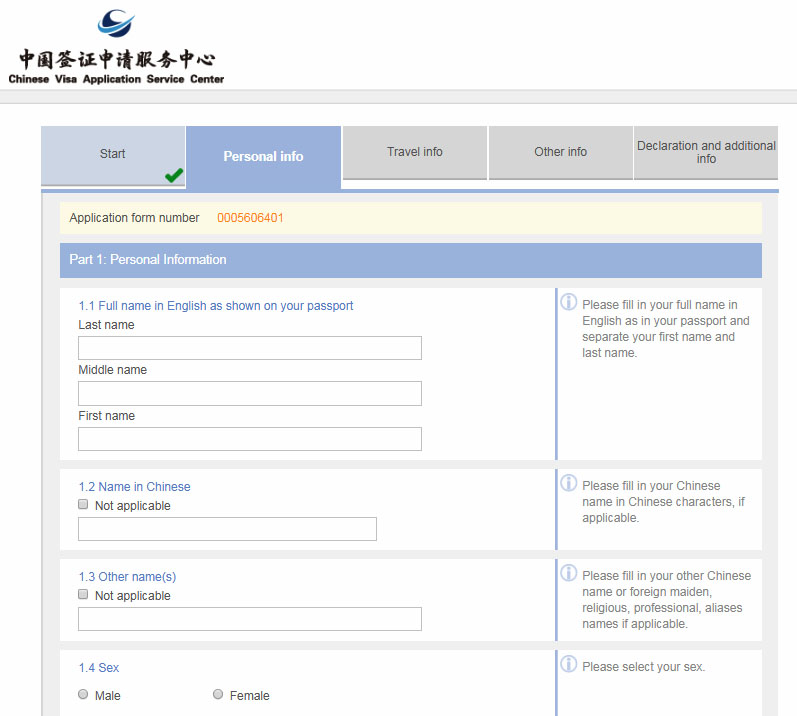
Chinese Visa Application Service Center Official Website
Step 2: Make an Appointment
After you finish the online form, don’t just sit back—you’ll need to book your visa appointment next. The portal will push you to select a time slot at your local CVASC, and if you think you can just waltz in a day before your flight… yeah, no. Appointment slots disappear fast, especially before long weekends or school breaks. Try booking it at least two to three weeks before your intended travel date. Trust me, scrambling at the last minute isn't fun.
Once booked, you’ll get a confirmation email. Print it. Yes, on actual paper—not on your phone, not as a screenshot. They’ll want the hard copy when you show up. On the day, arrive a little early—say, 15 to 20 minutes before your slot. Security will check your bags, and then it’s time to hand over your stack of documents. Some folks get fingerprinted; some don’t—it depends on your visa history. Also, no hats, no shades. If something’s off in your documents, they usually don’t send you away forever. You’ll likely get a small yellow slip and a chance to return within a week with the missing paper. No need to rebook.
Step 3: Pay Your Visa Fee and Submit Your Passport
Once they’ve given your documents a quick once-over and all seems good, you’ll get a slip with your visa fee and a rough pick-up date. The amount depends on whether it’s single or double entry, and whether you’ve requested express processing. Most people go for standard—about 4 to 5 working days—but some cities offer faster options. Just note: paying more doesn’t mean guaranteed approval. It’s still a visa, not a delivery service.
You’ll pay on the spot. Some CVASC centers accept UPI, debit cards, or cash, but it’s smart to carry all three—just in case their POS machine goes down. Once you’re done, your passport stays with them for processing. When you go back to collect it (don’t forget your receipt), open the passport before leaving the counter. Double-check the visa page: name, passport number, entries, dates—everything. If something looks wrong, say something immediately. Fixes can take another day or two, but that beats showing up at the airport and getting turned around at immigration.
Can You Use Teleport or Other Agents to Apply Faster?
What If Your Visa Gets Rejected — Can You Try Again?
What Causes Your Visa to Be Rejected?
So, your visa got rejected—now what? The first step is figuring out why. Sometimes, it’s the little things—like a missing hotel confirmation or an itinerary that’s not detailed enough. You might think it’s minor, but those small things can be deal-breakers. Other times, the rejection could be more serious, like mismatched documents or unclear travel plans. Understanding the root cause is key to fixing the problem before you reapply.
How to Fix the Issues That Caused the Rejection
Once you know why your visa was rejected, it’s time to fix it. If your bank balance wasn’t convincing enough, top it up. If your travel itinerary looked vague, make sure it’s crystal clear and specific. A friend of mine had their visa rejected because their employment letter was outdated and lacked a stamp. A small detail, but it caused a big delay. Once they submitted a newer, properly signed version, they got approved in just a few days. So, don’t ignore the small stuff.
Reapplying: Timing and Where to Go
Feeling frustrated? Don’t rush to reapply right away. If you’re reapplying at the same center, wait a few days before doing so. Sometimes, a little distance and rethinking your application can make all the difference. If you want to mix things up, you can also try switching visa centers or applying from a different city. Some centers have their quirks, so don’t be afraid to go elsewhere if you think it might improve your chances.
The Second Time Is the Charm—If You Get It Right
Here’s the most important bit: make sure your documents are in tip-top shape this time. A rejection isn’t the end of the world—it won’t put you on a blacklist. But if you’re submitting the same incomplete documents again, you’re just setting yourself up for failure. It’s the second attempt that matters, and with the right changes, you should be golden.
Final Tips Before You Fly — And What to Expect on Arrival
Frequently Asked Questions (FAQs)
Q: How early should I apply for a China tourist visa from India?
You should apply at least 4 weeks in advance, especially if you're traveling during peak months like May or October. I once applied just two weeks before a conference in Shanghai—it was approved, but I had to pay for rush processing. If you want to avoid stress and save a few thousand rupees, give yourself a buffer. Processing usually takes 4–5 working days, but appointments can fill up fast.
Q: Do I need to submit documents in person at the Visa Center?
Yes, you do. Even if you complete the online form, you must personally submit your application at the nearest Chinese Visa Application Service Center (CVASC). No online-only submissions allowed. When I went to the Delhi center, they checked every single staple on my documents—so don’t use paper clips!
Q: What’s the minimum bank balance required?
There’s no published rule, but most applicants show at least ₹1.5 to ₹2 lakhs in their account over the past 3 months. That’s roughly 15,000–20,000 RMB, which covers an average two-week trip. Make sure your bank statement is stamped and signed—they won’t accept printouts from online banking without it.
Q: Can I apply if I’ve been rejected before?
Yes, you can. But you should fix the reason for rejection. For example, if your previous documents were incomplete or your itinerary too vague, add clarity and proof this time. A friend of mine was denied because his hotel booking didn’t match his travel dates—simple stuff can trip you up.
Q: Do I need travel insurance for the visa?
It's not mandatory, but I strongly recommend it. You’ll be walking through cities, climbing Great Wall steps, eating things you can't pronounce. A ₹1,000 travel policy might save you ₹50,000 in hospital bills. Some applicants even got asked for proof of insurance during visa interviews, especially after COVID.
Q: Can I use my Indian debit or credit card in China?
Not directly. Most Indian cards won’t work at Chinese POS terminals. You’ll need to link your card to WeChat Pay or Alipay (some support foreign cards now), or withdraw cash at the airport. Trust me, carrying ₹500 notes won’t help when your cab driver asks for QR code payment.
Q: Can I enter China through Hong Kong or Macau with a tourist visa?
Yes, as long as your visa is multiple-entry or you haven’t used your single-entry yet. But here’s the catch: exiting China (including to HK/Macau) counts as an exit. Once you leave, your single-entry visa becomes invalid. I made this mistake in 2019 and had to reapply from scratch.
Q: Is there a faster way to apply if I’m in a rush?
Oh, absolutely! If you're in a mad rush, CVASC does have express and rush services. Express processing is usually about 2-3 working days—pretty quick, right? But if you’re looking to push it to the limit, rush service could get you that visa in just 24 hours. It sounds like a dream, especially if you're last-minute, but let’s be honest: it's gonna cost you more. I’d say, if you’re in a bind, it’s worth paying the extra, but remember, planning ahead is always your best bet.
Q: Can I choose between different types of tourist visas (like single or multiple entry)?
You sure can, but here’s the thing: first-time travelers usually get a single-entry L visa. This means you're good for a one-off 30-day trip. But if you’re planning to do the whole back-and-forth thing for business or family, you might want to go for a double or multiple-entry visa. You’ll need to prove why—like a business invite or prior Chinese visas—but it's nothing crazy to sort out. Just make sure you've got your proof ready.
Q: Does the visa fee differ based on the type of visa or processing speed?
Yeah, it definitely changes depending on what route you go. A single-entry tourist visa is usually around ₹3,900 (~450 CNY). If you’re feeling like you need that visa, like, yesterday, then rush or express services will tack on an extra ₹1,500–₹2,500. And if you’re going through something like Teleport, they’ll have their service fees on top of that too. It’s not cheap, but hey, sometimes it’s worth the peace of mind, right? Always check on the latest prices at the CVASC site before you hit that "apply" button
Want more travel tips for China? Don't miss our in-depth guides on Alipay, 3C power banks, visa tips, and China's main plugs.
